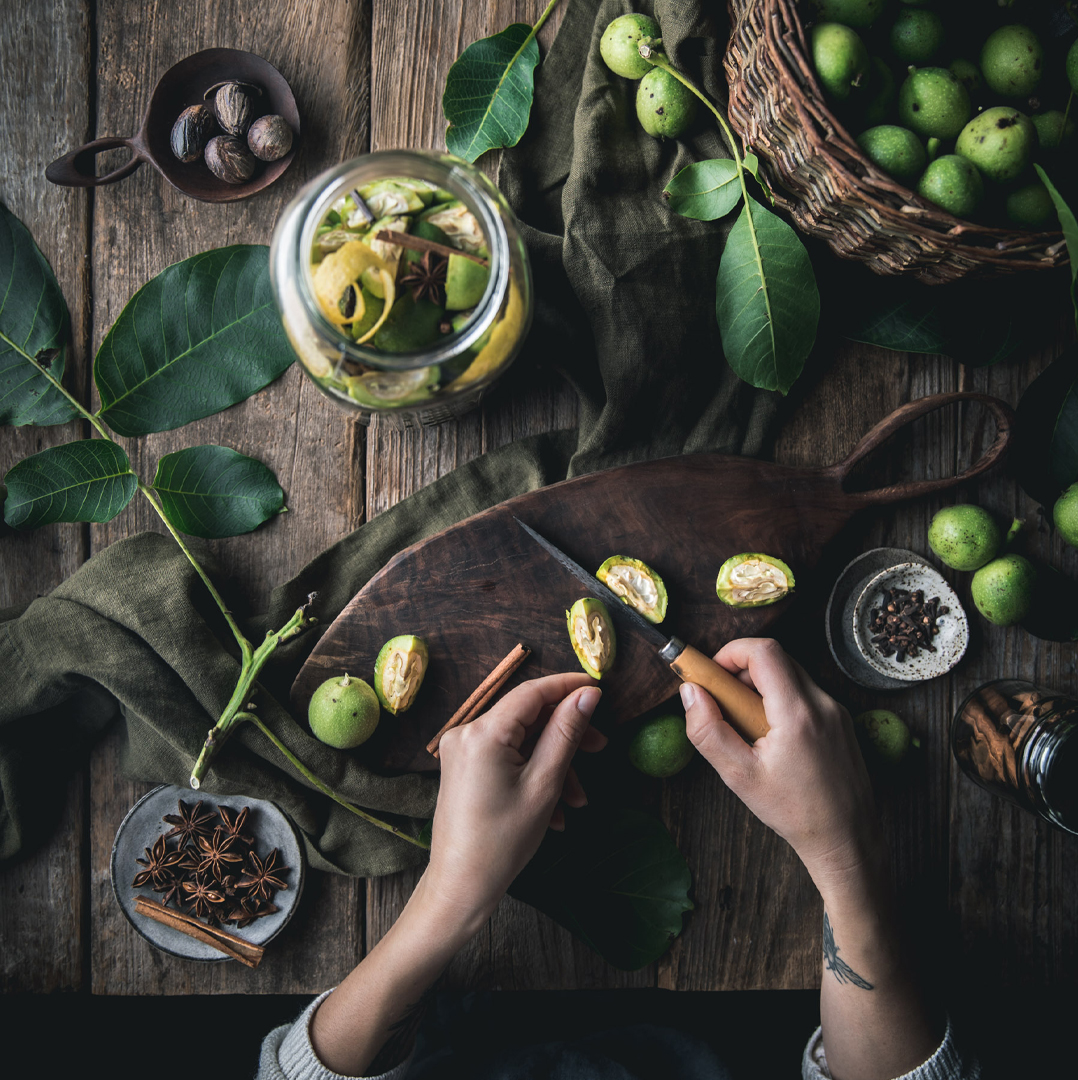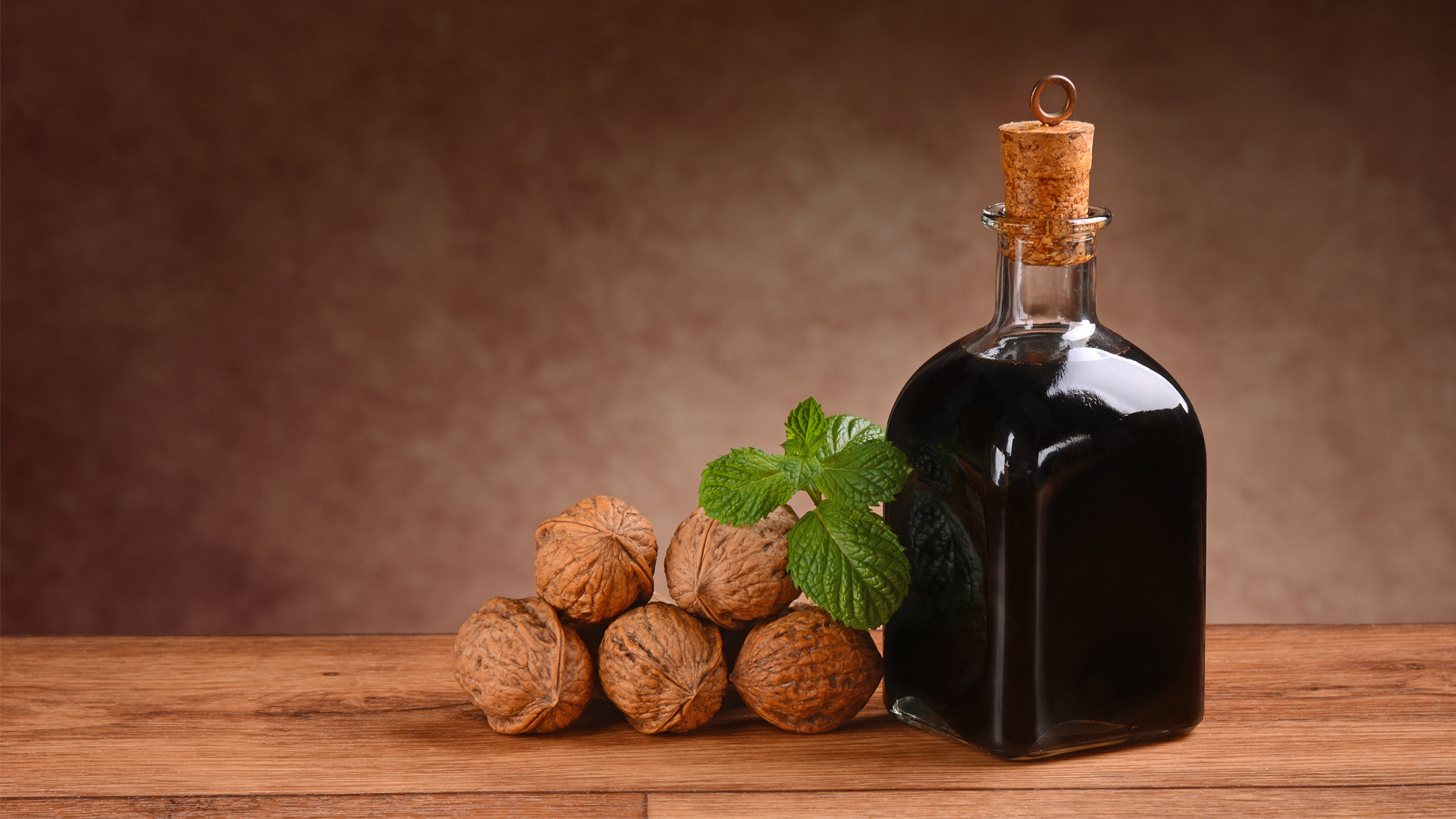Nocino is an Italian liqueur made from unripened walnuts that is often served after dinner with dessert. The dark and subtly bitter digestif is particularly popular in the regions of Campania and Emilia-Romagna.
Unlike amaro, another popular Italian liqueur that has spread in notoriety to the United States, nocino is still a novelty outside of its native lands. Amaro, whose varieties are made with dozens of botanicals, making it a popular base for cocktails, differs from nocino in that the dark digestif has a light, earthy bitterness that intentionally recalls the taste of raw walnuts.
Walnuts in fact, have a long history in Italian history. At weddings in ancient Rome, the bride and groom would be pelted with walnuts by guests as the fruit was believed to promote fertility and good fortune, a media brand dedicated to drinking culture. And in Benevento in Campania, a legend dating back to at least the 13th century chronicles how witches convened beneath the branches of a magical walnut tree before launching into the skies on their brooms to cast spells. What’s more, history shows, that barefoot virgins were specifically enlisted to climb walnut trees every June 24 to collect the unripened fruits in order to make the spirit.

While virgins are no longer exclusive to the harvesting of walnuts, June 24, which also coincides with the feast day of St. John the Baptist, still marks the small window in which young black walnuts have reached the opportune softness and fragrance to make nocino.
Once the young walnuts are picked, their shells a pale green, they are either split in half or quartered. These pieces are then left to macerate in a neutral spirit, sometimes spiced with flavors such as vanilla, clove, or cinnamon, for at least three months. By November the blend will have become a signature reddish brown or black color, and then strained of its solids and finished with sugar and water. Nocino’s ABV varies from 24% to 55%, and is most often consumed neat during the holiday season.
Asia London Palomba
Asia London Palomba is a trilingual freelance journalist from Rome, Italy. In the past, her work on culture, travel, and history has been published in The Boston Globe, Atlas Obscura, The Christian Science Monitor, and Grub Street, New York Magazine's food section. In her free time, Asia enjoys traveling home to Italy to spend time with family and friends, drinking Hugo Spritzes, and making her nonna's homemade cavatelli.


